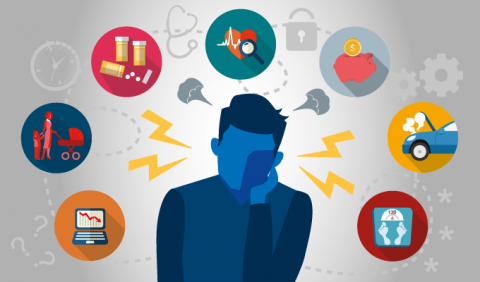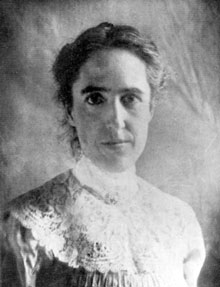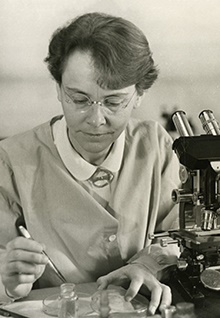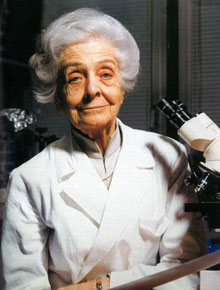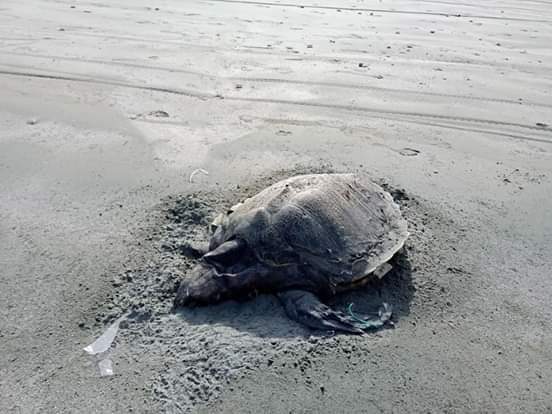From Athens flue pandemic to the black-death and AIDS, these vast volumes set to offer a sociocultural, historical, and medical look at infectious diseases and their place in human history, from Neolithic times to the present. Nearly 300 centuries cover specific diseases like AIDS, Influenza, Malaria, Ebola, SARS, Corona, and now COVID19.
In the realm of infectious disease, a pandemic is a worst-case scenario when an epidemic spreads beyond a countries borders and causes an overwhelming threat or death toll worldwide or some major parts around the globe. Though contagious diseases enlisted during pre-historic nomadic groups, nearly 10,000 years ago, when men started building communities, it resulted in a slight rise in epidemic outbreaks like Malaria, Plague, Leprosy, Influenza, smallpox and other fatal diseases. Over time, the more civilized humans become, building extensive infrastructure and forging trade routes to connect with the cities in different regions of the world, the more likely the pandemics become.
The primeval recorded pandemic occurred during 431- 450 BC when two power states in ancient Greece, Athens, and Sparta assaulted each other. After the disease passed through Libya, Ethiopia, and Egypt, and Athens, nearly two-thirds of the Athens’ population, died due to this epidemic outbreak.

Scientists and researchers have agreed on that the widespread occurrence of disease over what might typically be expected in a geophysical region. Throughout the history, the plague has been a significant threat to humanity, caused havoc and the most substantial death toll from 165 A.D. to 541 A.D. It not only changed the course of emperor’s plans of massive economic struggle but at the same time, it credited with creating an apocalyptic atmosphere that spurred the rapid spread of Christianity and resulted in substantial social, moral and geographical changes.
Decades later, in the 11th century, leprosy overgrew into a pandemic in Europe. Though leprosy is slow-developing disease results in sores and deformities, now known as ‘Hanson’s disease,’ it still grips millions of people each year and could be fatal if not treated at the initial stage with antibiotics.
Bubonic plague or Black Death is another pandemic that was responsible for the death of one-third of the global population in the late 12th and 13th centuries. It kick-started in Asia and through caravans spread through Sicily and entered in Europe. Meanwhile, England and France were so incapacitated by the plague that these countries called the cessation of hostilities. Still, the pandemic caused massive economic and demographical changes and resulted in the collapse of the British feudal system. The re-occurrence of the bubonic plague in the next two centuries killed 50 million people, around 26% of the total global populace.
In 2019, research revealed that the death of some 56 million native Americans during the 16th and 17th centuries, mainly through pandemics and many had altered earth’s climate and vegetation growth on previous tilled lands, drew more carbon dioxide from the atmosphere and caused a severe cooling effect. Correspondingly, 18th, and 19th centuries have widely been recognized for cholera, plague, measles, HIV/AIDS, and different types of harmful flu. Only Asian flu spread in 1957 in China and U.S. caused an estimated death toll of about 1.1 million, while AIDS killed 35 million people around the globe so far until it first appeared in 1920, and a cure is yet to be found.
So, with this rough bit of pandemic history, what does this recent Coronavirus outbreak holds on? While we are benefiting with the hype of biotechnology and artificial intelligence, a pandemic seems a little bit strange and disgusting. The recent COVID19 outbreak shows that men still need to learn the safest battle against pandemics/viruses.
The constant battle between pandemic and humanity has long been recognized as a critical driver of social, moral, economic, and geographical changes that lead to human evolution. In the past, scientists have not had the tools to look at the patterns of these pathogens and their hosts, but now they are applying big data analysis to unveil the extent of viruses’ impact on the evolution of living beings specifically on humans and mammals.
History tells us that whenever a pandemic occurred at some point in evolution, the population that was targeted by an epidemic either adapted or went extinct. The protein performs a vast array of functions that keep our cells ticking, a few small tweaks in protein shape and composition had helped humans to compete with the viruses when they hijacked an organism’s body to replicate and spread.
A recent study shows that by learning which part of the cell has been used to fight against viruses in the past without detrimental effects on the organism, we can find insight on the pressure point that will lead to investigating more sophisticated and effective therapies.
Also, read the Editorial; The child abuse and mental health


























